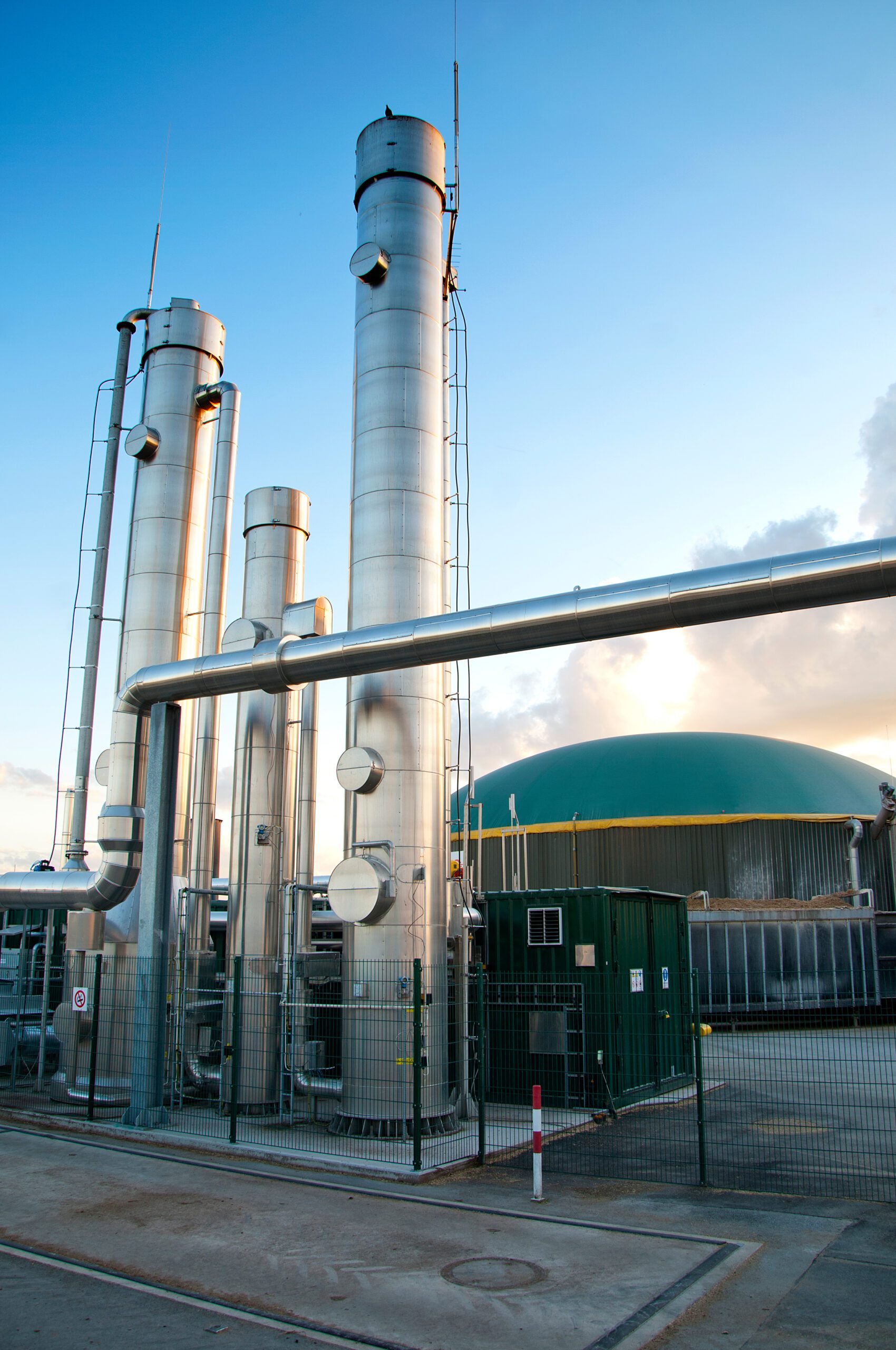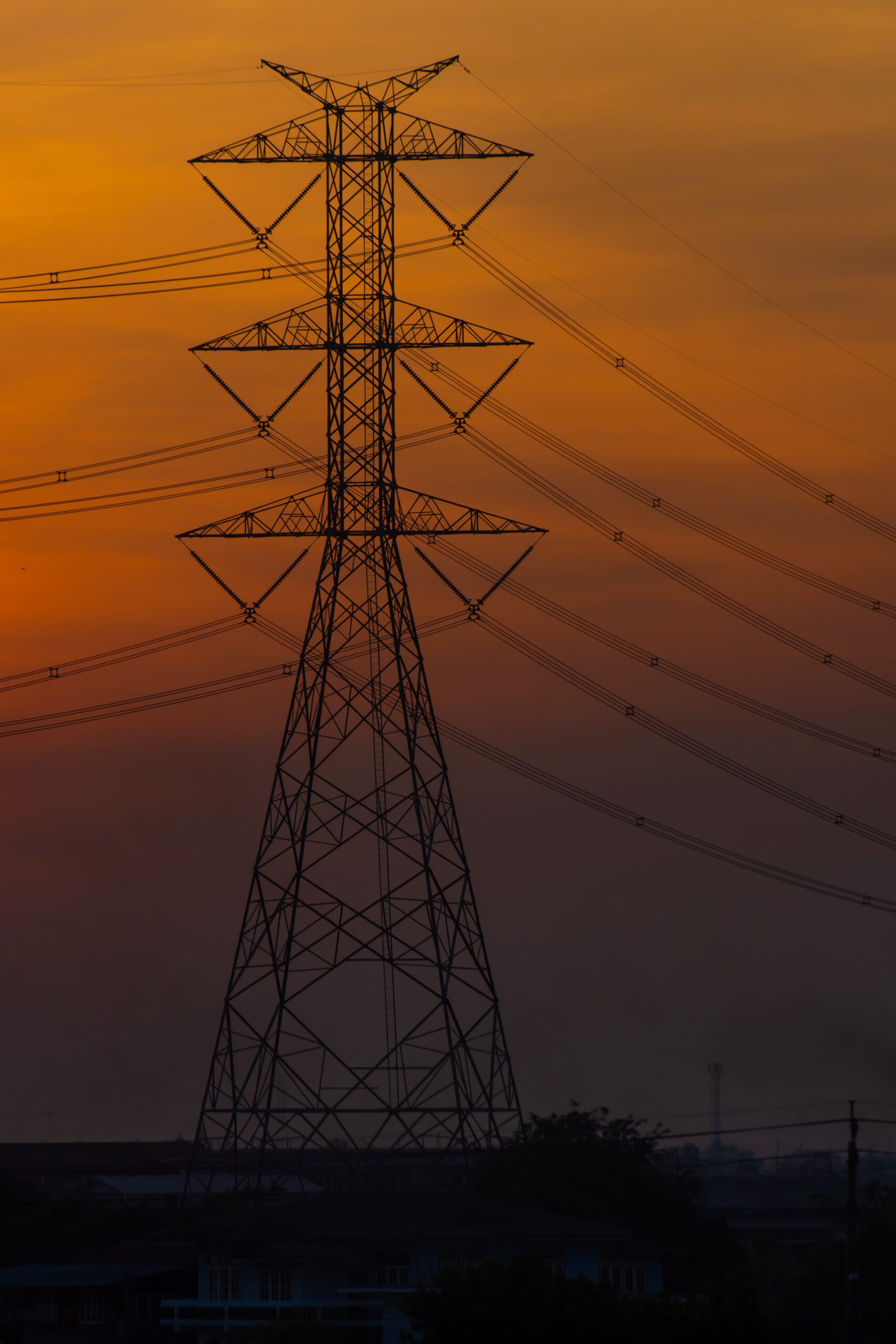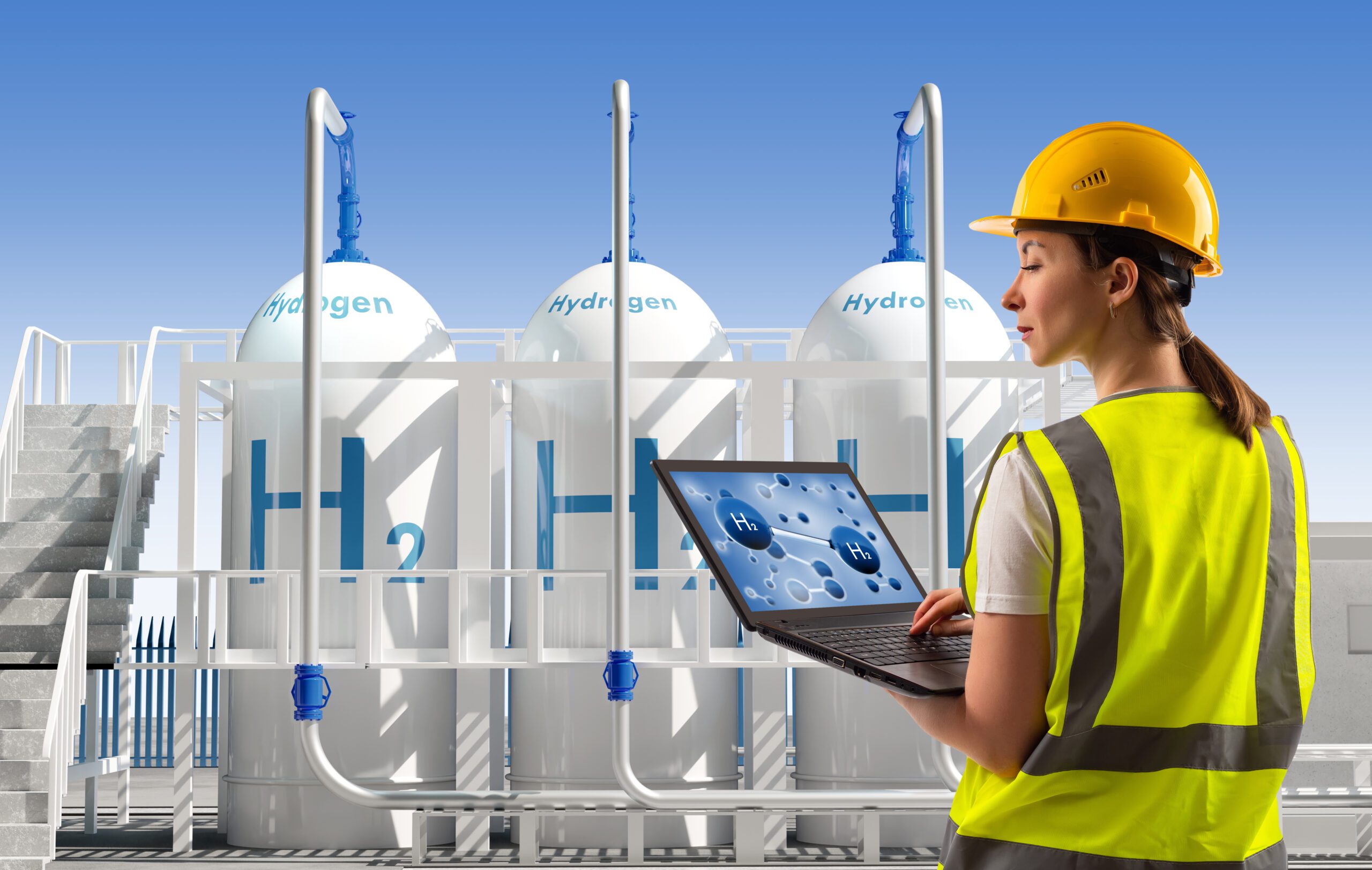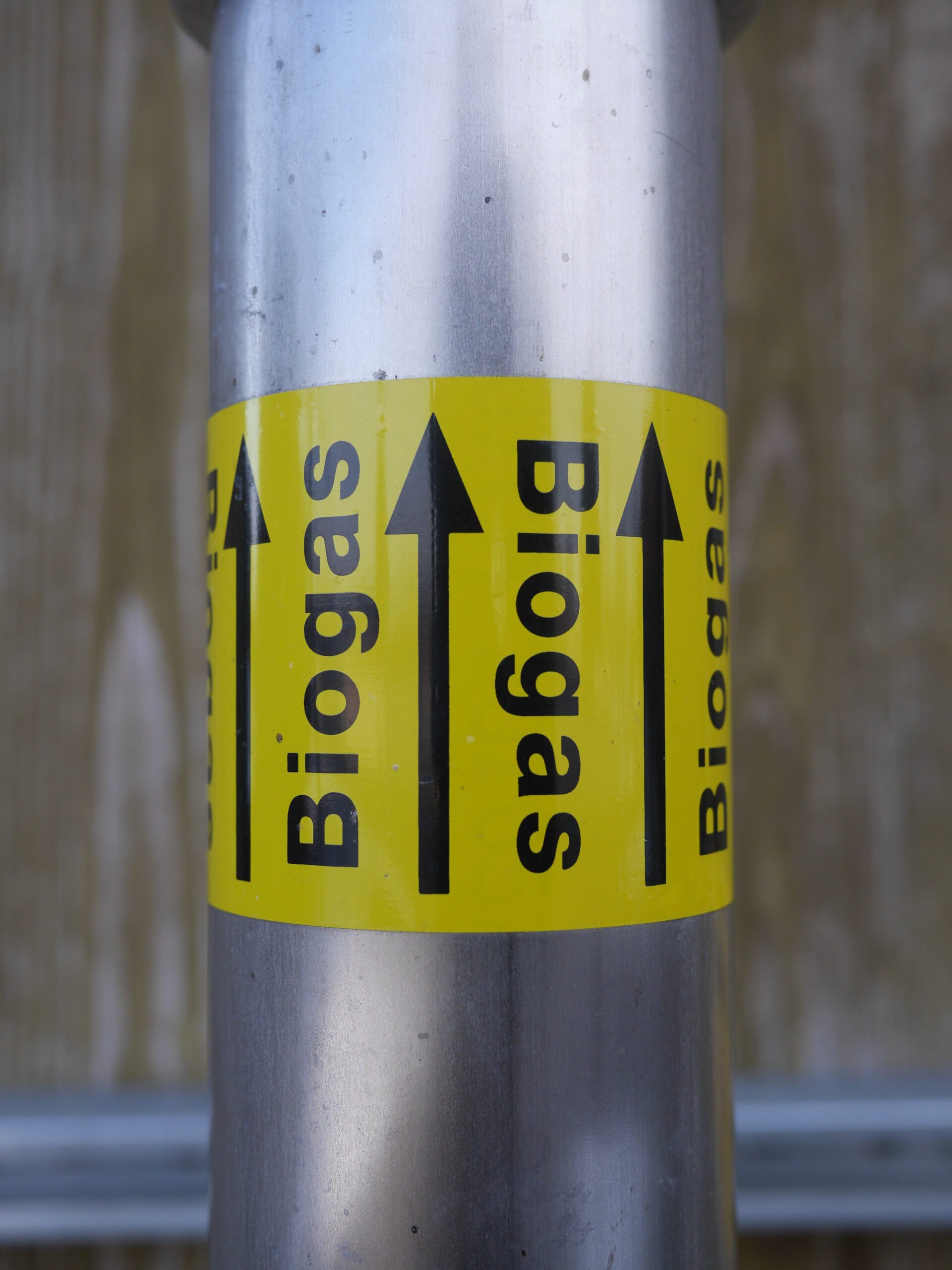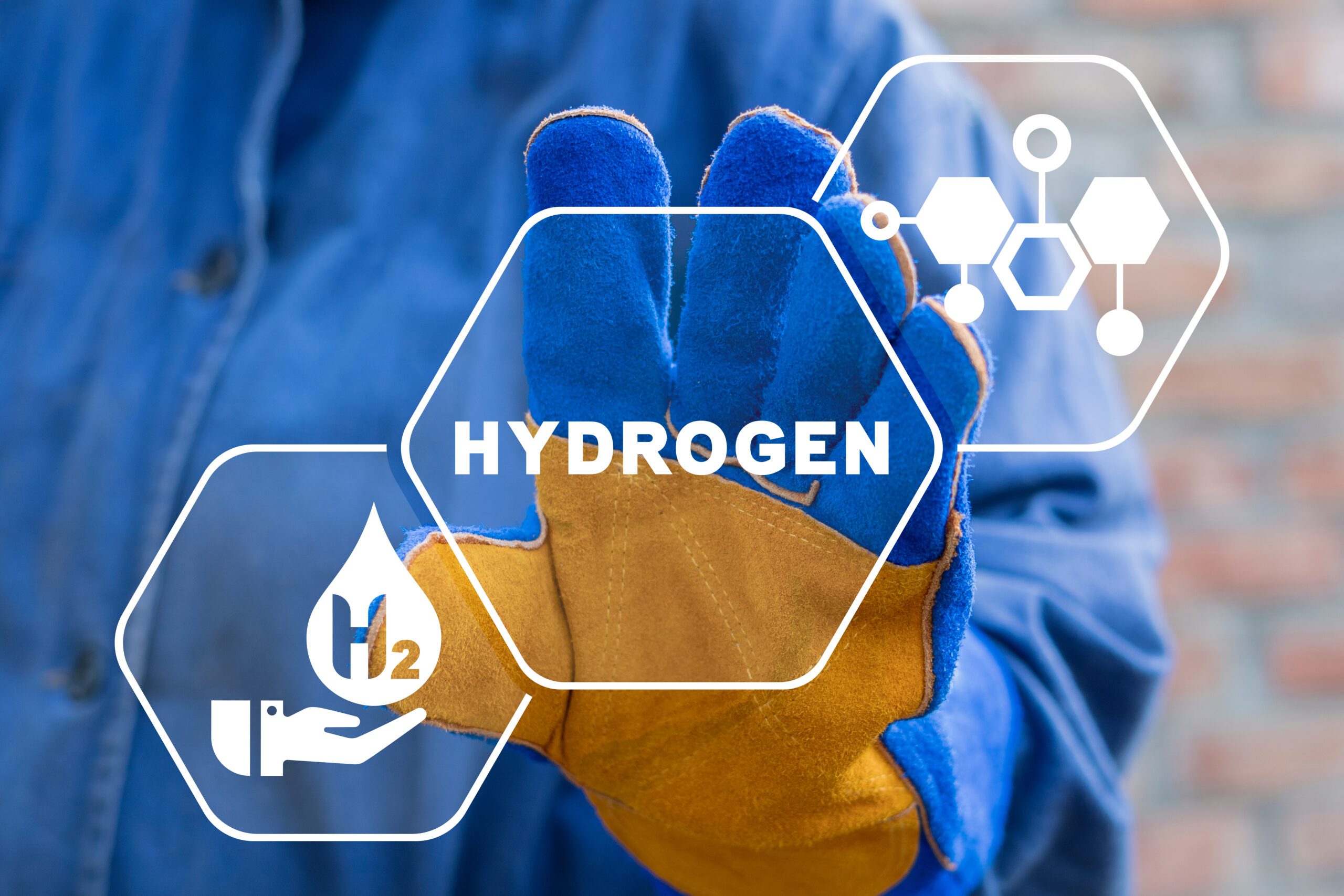EMPIRE DIVERSIFIED ENERGY CLOSES $10 MILLION FINANCING FOR FINAL COMMISSIONING OF RECYCLING PLANT IN WEST VIRGINIA
Follansbee, West Virginia/ February 24, 2025/ PRNewswire/ Empire Diversified Energy, Inc. (OTC Pink: MPIR) (the “Company”) is pleased to


